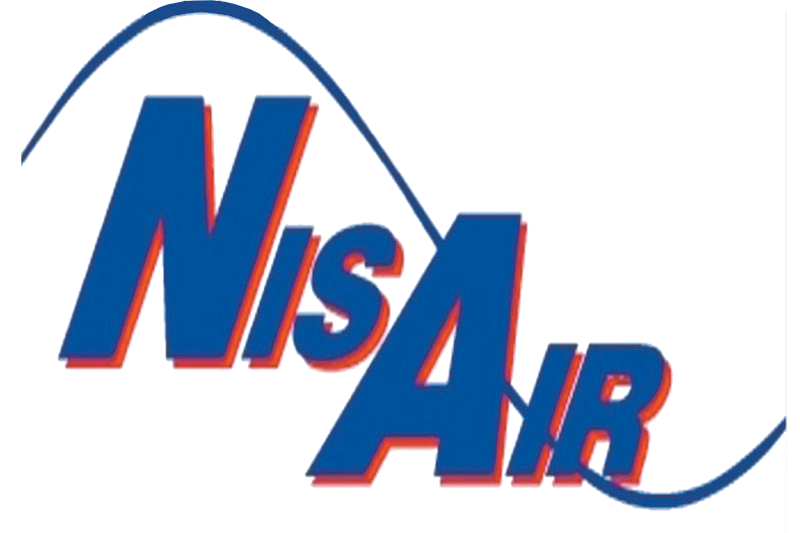Air Filtration vs. Air Cleaning: Understanding the Difference
Your indoor air quality depends on how well you control dust and other harmful airborne particles commonly found throughout your home. Air filtration and air cleaning are the two main methods of controlling indoor air pollution. While both sound similar, each method is actually different in its execution.
How Air Filters Work
When technicians talk about air filtration, they’re mainly talking about using air filters to help control indoor contaminants. A standard air filter is mainly intended to safeguard your HVAC system against the effects of dust and debris accumulation.
As your home’s return air passes through the filtration media, the filter captures and locks in a broad range of airborne particles, from dust and pet dander to carpet fibers and other assorted debris.
Most air filters focus on trapping large particles that impact HVAC operation, although there are plenty of filters that trap smaller particles that directly impact your home’s indoor air quality. However, the denser material required may increase your HVAC system’s energy consumption by restricting its available airflow.
How Air Cleaning Works
Although air filtration is effective at removing most indoor airborne contaminants, air cleaning goes a step further in ensuring excellent indoor air quality. Air cleaners don’t just filter out these contaminants the way air filters do—they also use a broad range of advanced technologies to neutralize organic contaminants such as bacteria, viruses and mold.
For instance, some air cleaners use UV (ultraviolet) germicidal lamps to neutralize harmful airborne contaminants. Others rely on ozone generation, HEPA filtration and charcoal filters to remove pollutants along with harmful odors.
Contact us at NisAir Air Conditioning and Heating to learn more about the benefits of air filtration and air cleaning. We proudly serve Martin County, Palm Beach County and Indian River County.

